MR. DINKINS’ BULGING FACADE (1977)
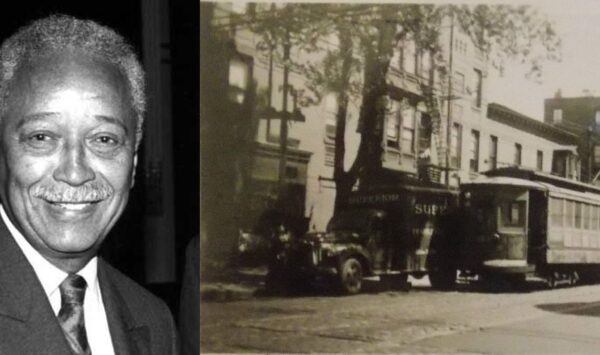
******************************************************************************************************************************** Brownstone Detectives investigates the history of our clients’ homes. The story you are about to read was composed from research conducted in the course of one of those investigations. Do you know the history of YOUR house? ******************************************************************************************************************************** Have you ever wondered what once filled those large lots at the corners of Halsey Street and Ralph Avenue? Every house has a history. You know it is there, but the clouds of the past work to obfuscate the present. Uncovering that history takes some detective work, but with a little time and some gumshoe sleuthing, the answers can be discovered. With regard to 774 Halsey Street – what do we know happened? A fire? Decay? Gas explosion? What do we know about the life of the building? What was it used for? Who owned the building and who lived there? We looked to clues from newspaper archives, fire insurance maps, and physical evidence to unravel that history. This is our report: WHAT HAPPENED to 774? A 4-story brick apartment building – 774 Halsey Street – sat on the southeast corner of the Halsey/Ralph intersection. It had a commercial space on the ground floor facing Halsey Street and one at the rear of the building at 153 Ralph Avenue. The building housed a number of apartments the addresses/entrances of which were on the Ralph side of the building at 149 Ralph Avenue. The apartments of the Ralph-facing side of the building had stacked bay windows, one on each floor. South of […]
HOW CASEY THE COP SPELT “KOSCIUSZKO” (1904)
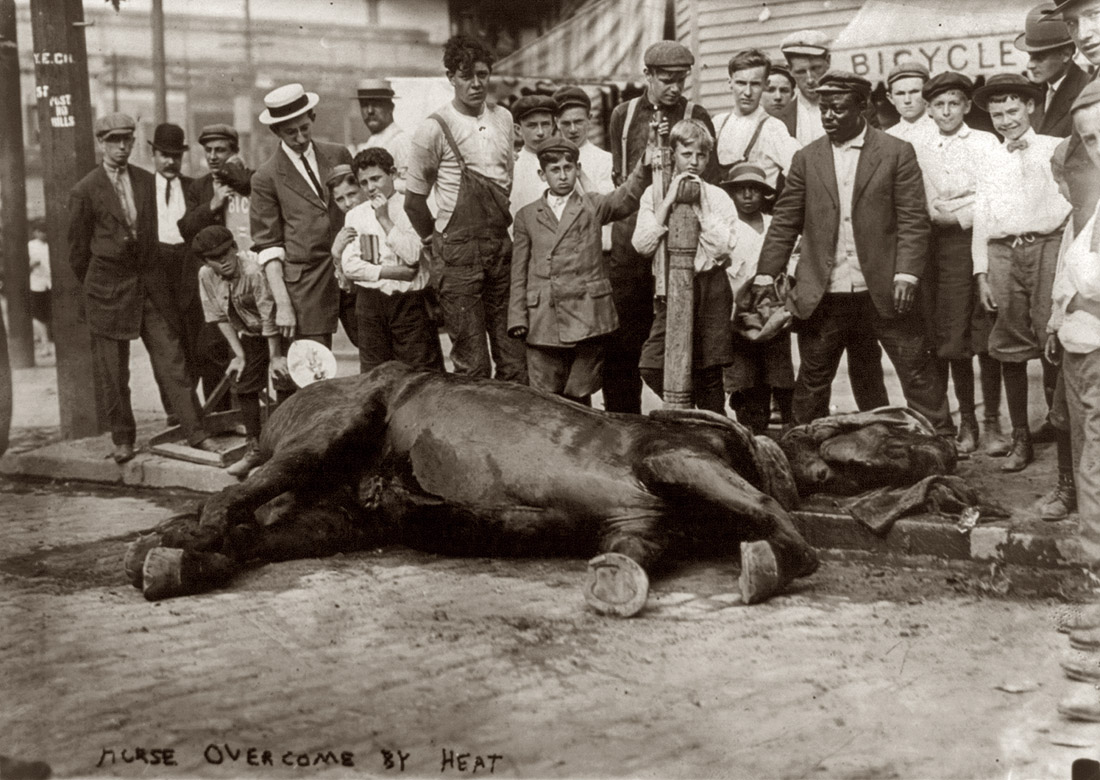
******************************************************************************************************************************** Brownstone Detectives investigates the history of our clients’ homes. The story you are about to read was composed from research conducted in the course of one of those investigations. Do you know the history of YOUR house? ******************************************************************************************************************************** Andrzej Tadeusz Bonawentura Kościuszko was a Polish military officer who helped the U.S. to gain independence from the British during the Revolutionary War. Because of his dedication there are numberous public locations named after him – including a street in Bed-Stuy. Even more numerous, though, are the tales about the difficulty in spelling the man’s name. The best tale, though, involves a tail – and a horse and a policeman. SPELLING KOSCIUSZKO “There was once an Irish policeman who was responding to the presence of a dead horse on Kosciuszko Street. Upon arriving at the scene of the dead horse, Casey began to write his report. When he got to the part where he was supposed to write the location in which the horse was discovered, the policeman faltered. “He did not know how to spell the street name. “So, Casey looked at the horse and then at his report, and he thought. A few moments later, he shoved the half-finished report in his cap, grabbed the horse by its tail, and began dragging it down the street to the corner of Marcy Avenue. Once there, he stopped, pulled the report out from his cap, and added the ‘location’ of the dead horse – ‘Marcy Avenue.’” By the way, back in […]
TO DENY A “COLORED” BLOCK PARTY (1920)
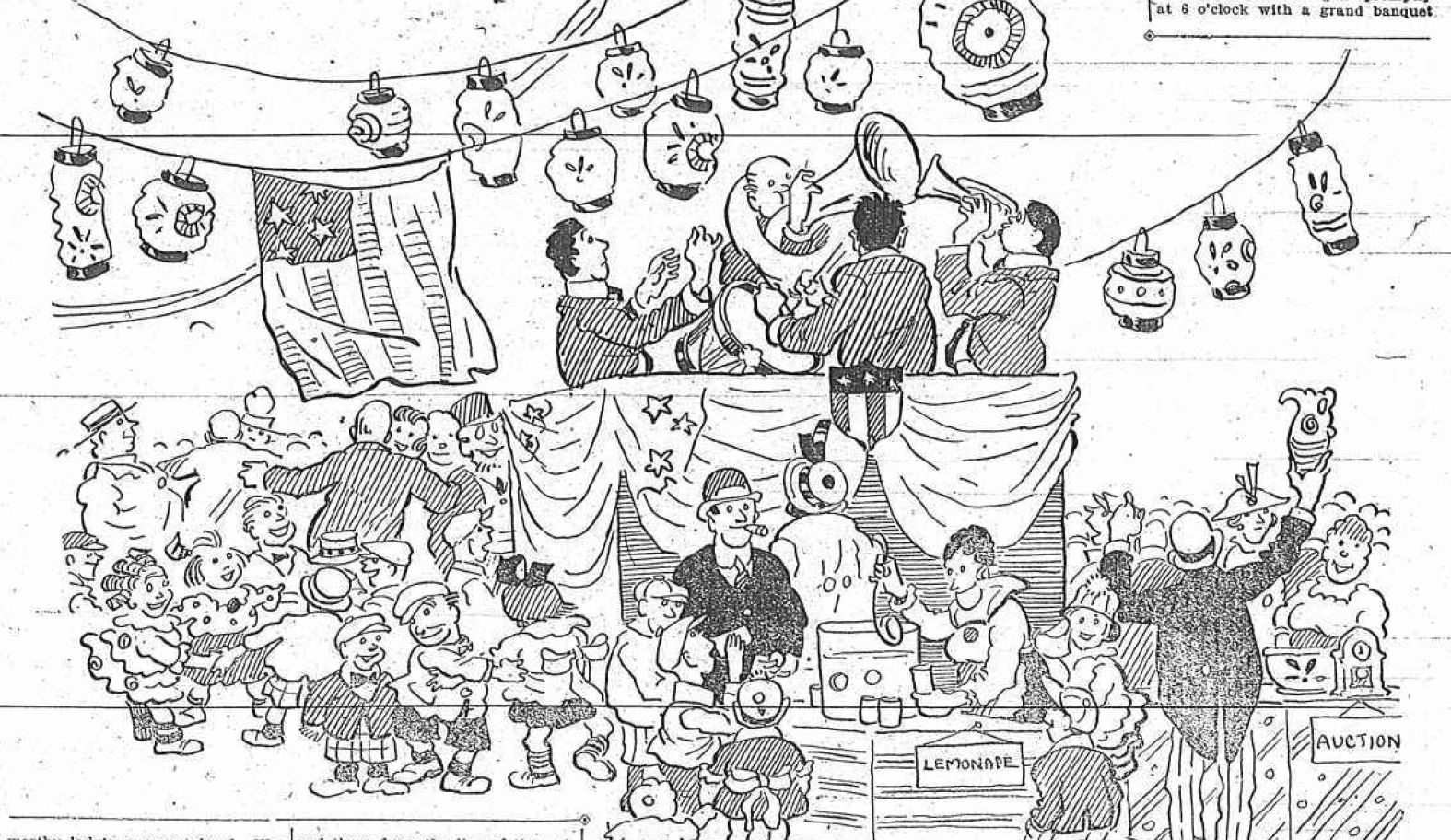
******************************************************************************************************************************** Brownstone Detectives investigates the history of our clients’ homes. The story you are about to read was composed from research conducted in the course of one of those investigations. Do you know the history of YOUR house? ******************************************************************************************************************************** Block party season upon us. It is a time of blocked-off streets, replete with the sounds of children happily playing, the smells of barbecues up and down the block, and carefree feelings of the beginning of summer. But this is also a time to remember some freedoms that were not always available to certain citizens – those freedoms for which struggles were necessary that they may be obtained. As such, it is instructive to remember how one group of people was often at the mercy of the whims of another. This story tells a tale that took place in 1920 when block party permits were not always so easy to obtain, particularly when the freedoms of those in the minority were proscribed by those in the majority… THE TRICKLE STARTS… In the mid-1930s, after the “A Train” had been extended into Brooklyn, African-Americans began to move in large numbers from Harlem into Bedford-Stuyvesant. Although the Eighth Avenue Express was the vehicle for that migration, the impetus was a desire for less crowded neighborhoods, more plentiful jobs (at the Brooklyn Navy Yard), and better housing conditions. The trickle that started this migration, though, began about 10 to 20 years earlier as African-American professionals of southern and Caribbean descent made their way to […]
“BLOWN TO PIECES” ON MACON STREET (1916)
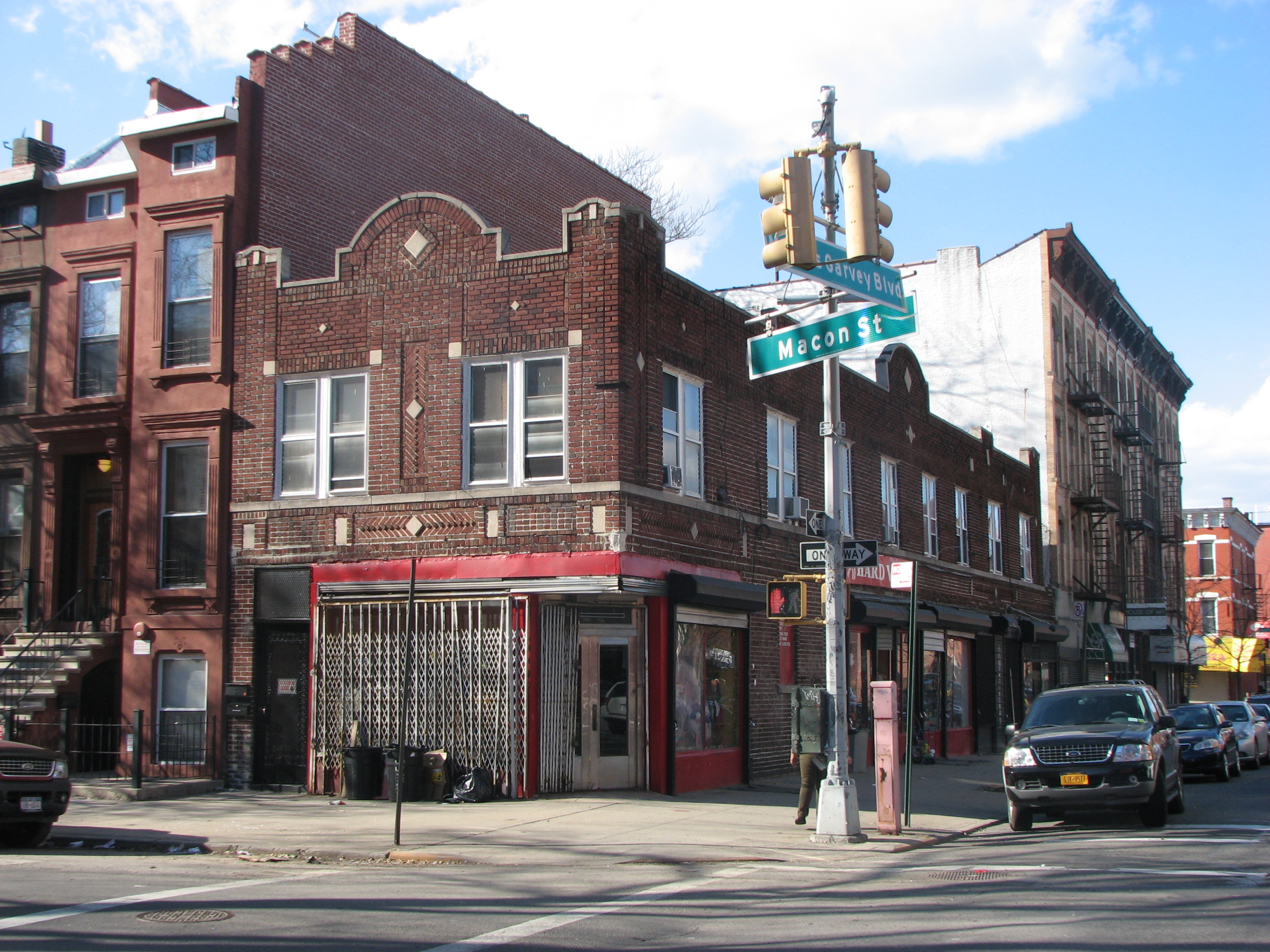
******************************************************************************************************************************** Brownstone Detectives investigates the history of our clients’ homes. The story you are about to read was composed from research conducted in the course of one of those investigations. Do you know the history of YOUR house? ******************************************************************************************************************************** On a warm summer morning in 1916, five people were killed and “more than a score were injured” when a masonry building on Macon Street was “blown to pieces” in a gas “explosion” occurring shortly after most of the building’s inhabitants had left for work for the day. Authorities were still attempting to determine who may have been in the building at the time of the blast, but the source of the explosion was believed to be a gas leak from the cellar of the building. THAT WAS THEN, THIS IS NOW This story was written more than 100 years ago, in 1916. The explosion, which fractured many Brooklyn lives, took place in the middle of Stuyvesant Heights at the corner of Macon Street and Sumner Avenue (now Marcus Garvey). Similar in detail to the East Village gas explosion of a few years back, only the time and place has changed. Both the buildings were residential with stores on the ground levels, and the 1916 explosion, itself, was also caused by a gas leak. Apparently, gas leaks have been leveling buildings since buildings were being plumbed with the element. In 2015’s explosion, the gas in the building was used for heating the apartments and the building’s water. In 1916, the gas […]
THE FILTHY STREETS OF STUY HEIGHTS (1891)
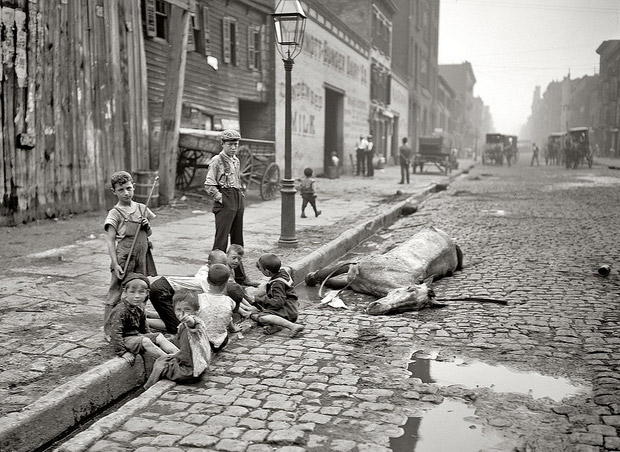
******************************************************************************************************************************** Brownstone Detectives investigates the history of our clients’ homes. The story you are about to read was composed from research conducted in the course of one of those investigations. Do you know the history of YOUR house? ******************************************************************************************************************************** “I have lived in Macon Street since Nov. 28, and there has not been a soul to clean that street during that time.” It happened then as it does now – people complain about the condition of their streets and their neighborhood, in general. The above quote was from 1891, back when Stuyvesant Heights was in the throes of a major construction expansion. Apparently, there were construction materials everywhere – filling the streets and clogging the sewers. “There are at least a thousand tons of sand and stone in the street with grass growing all over it,” the same commenter noted. “The sewer is filled up with sand.” It got so bad for this section of town – due to the relatively unregulated construction industry – that every time there was a heavy rain storm, the article continued, residents’ cellars were “flooded with one or two feet of water.” Ironically, our current 21st century Mayor’s Office declared a few years ago that the streets of Bedford-Stuyvesant were among the dirtiest in the city. Specifically, the office noted that the cleanliness of 15% of our streets was “unacceptable.” Now that Bed-Stuy is a built-up section of our city, maybe we don’t have much of an excuse for the filth. But it must […]
AFTER “NEGRO,” BEFORE “COLORED,” Pt. II (1920)
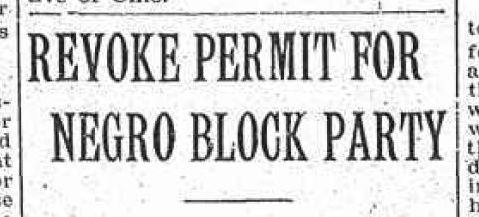
(Cont.’d from last week’s “After ‘Negro,’ But Before ‘Colored,’” Pt. I.) The permit for the “colored” Macon Street block party was revoked by the City at the last minute. Apparently, the white residents on Macon Street between Reid and Stuyvesant avenues, “who have been disturbed by the prospect of a block party there tonite for the benefit of a negro church are now at ease.” “The permit,” the July 1920 Brooklyn Eagle story noted, “which had been issued for roping off the block party” was revoked by the Highways Department, whose officials explained that Lucy Mayers had presented a petition from a number of residents on the block, asking permission for the party to be held.” However, as the residents of the block were predominantly white, when “some of them heard of the block party to be held for negroes they presented a counter petition with 140 names, a majority of the residents of the block, to the department, which then revoked the permit.” Police at the Ralph Avenue station said that “they had never been notified of the permit and they would have objected to the party,” if it had been held. The article does not say if the police meant that they would have objected to a party held by “colored folks” that was objected to by white residents, or if they would have objected to a “colored” block party, in general. The block party’s church committee stated that they were “returning the money for tickets bought for […]